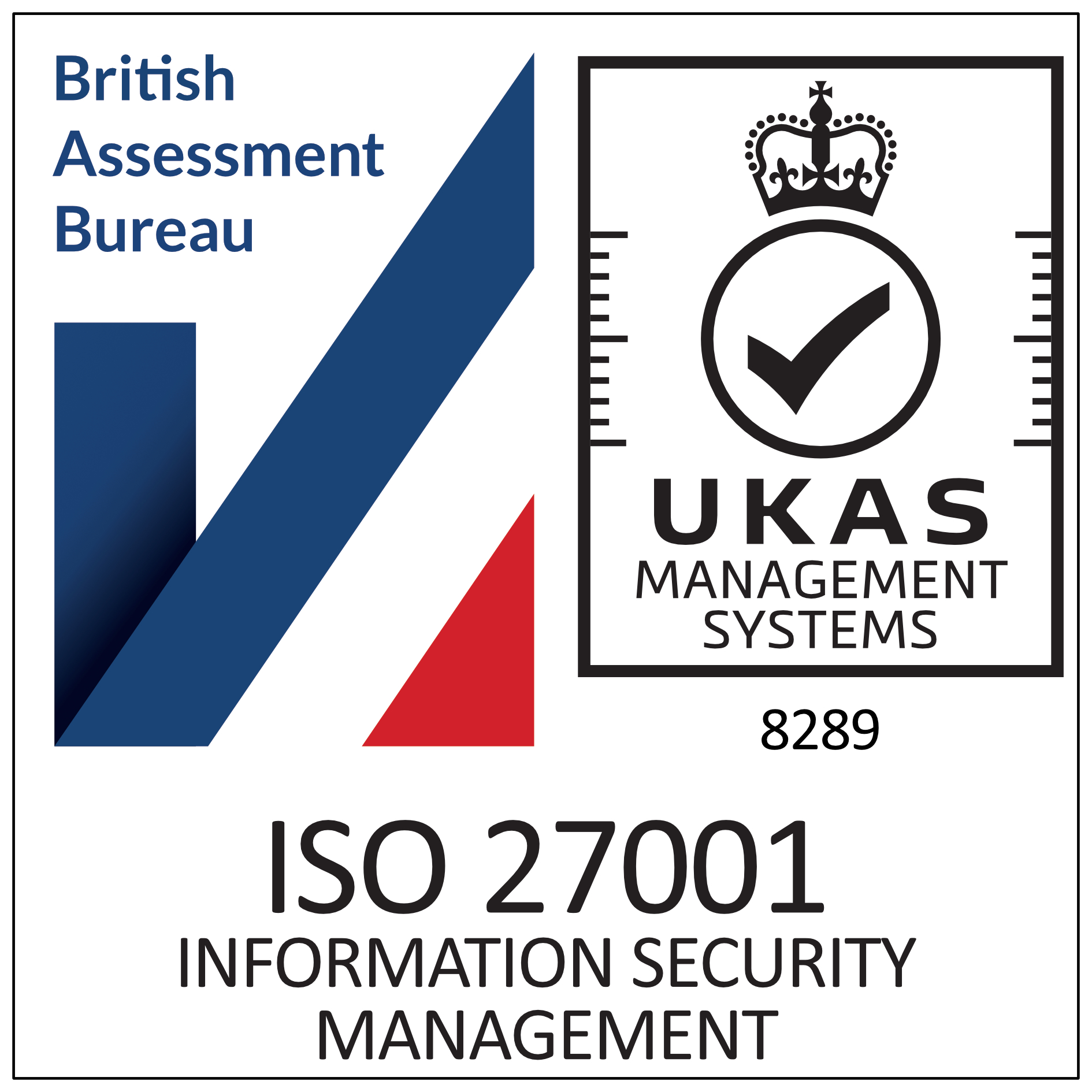A New Hope

Workforce planning data seems to be in three states.
- It exists, but is not used.
- It is not good enough to use.
- It does not exist and therefore cannot be used.
What do I mean by that?
Well State One suggests that we have workforce data (good or bad), but not enough time and capacity to utilise it to make strategic workforce decisions.
State Two suggests that the data we have is not good enough to make strategic workforce decisions.
State Three suggests that we either do not have the data, or it is incomplete, and therefore we cannot use it to make strategic workforce decisions.
All states are bad, but which is worse?
Well, all of them.
Effective and meaningful workforce planning, requires the following:
- Quality data that is consistent
- High engagement (90% and above)
- Processes in place to utilise the data and develop actions from the data
Without all of these, the entire process will either fail or misrepresent the reality of what is required.
For many trusts, effective and meaningful workforce planning is elusive. At some point the process breaks down. It could be at the job planning stage or it could be at the demand stage. Either way, it does not lead to the results so vitally needed in the current environment.
There’s little wonder that engagement in the process is low and seen as an administrative task. Those involved know acutely that the process does not lead to meaningful outcomes or actions. Most feel that job plans, for example, are written and then just exist in a repository until the next one is required. Effort therefore does not represent outcome.
This all sounds doom and gloomy, but it is the reality.
So, what can we do about it?
Strangely enough the answer is not as complex as the problem. There is significant hope.
Start small, get the basics right, which includes:
- Getting the core activity right (we have done this for you and it is free)
- Run meaningful diagnostics on the data (pinpoint anomalies and give the process a health check)
- Get an independent review of your data, systems, policies and objectives
- Reduce the time and capacity burden by getting outside help (acceleration to lead to sustainability)
Working on these projects, the transformational change is visible. Small tweaks can lead to big change.
To discuss how we can help make a meaningless paper chase into a game changing processes with high engagement, email discovery@sardjv.co.uk. We can discuss, how we are helping other trusts at the moment relay some of our case studies and success.
Related Articles:
‘I Asked an AI How It Would Solve the NHS Workforce Crisis - Surprising Results?’
What is Capacity and Demand Management in the NHS and Why Does it Matter?









